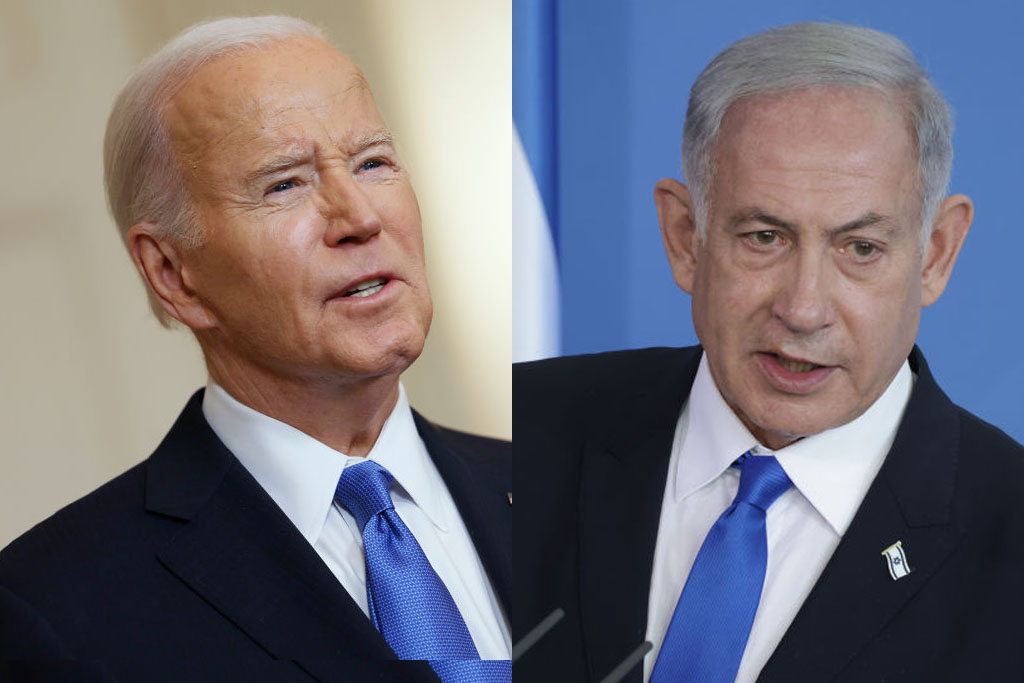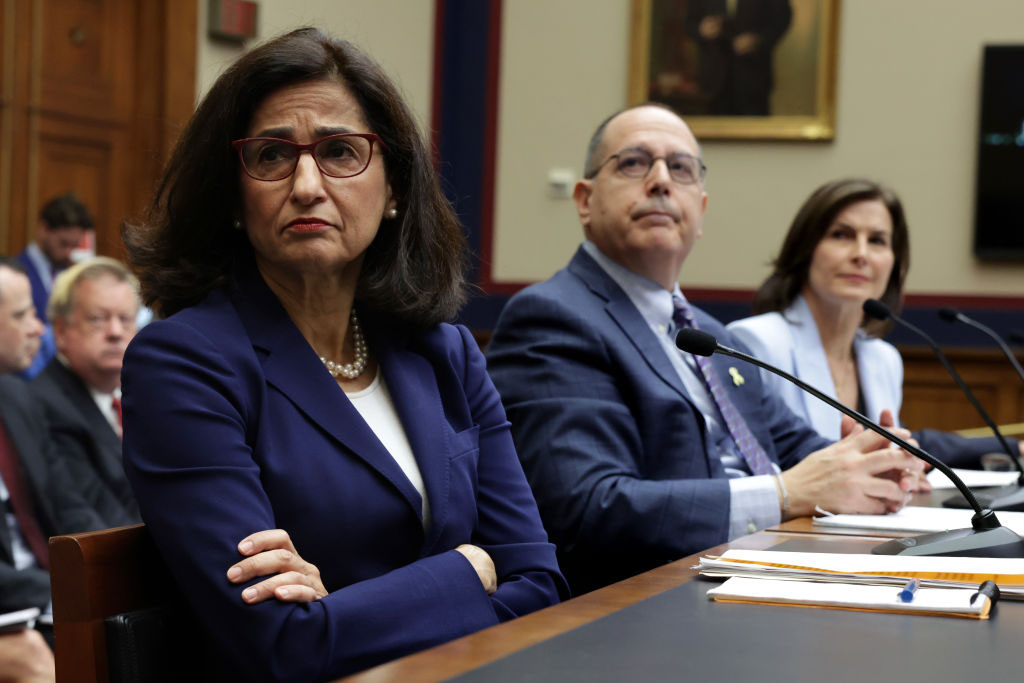“Avadim Hayinu,” one of the first refrains of the Passover seder, usually refers to the fact that we were slaves to Pharaoh in Egypt. “What enslaves us as men,” is another interpretation — this at The Man Seder, the third annual men-only pre-Passover gathering, which takes place at American Jewish University this year on April 13.
This is where the Ten Plagues are not blood, frogs, boils and the killing of the firstborn son, but prostate cancer, heart disease, weight gain and hair loss. The Four Sons are not the smart, the wicked, the innocent and the one who does not know how to ask, but parenting/fatherhood at different stages. Halach Ma’anya, the bread of affliction, represents a fear of poverty and earning a living.
In a city where many niche groups seem to have their own Passover seder — from the feminist seder and the green seder to the sober seder and the Muslim-Jewish seder — it was only a matter of time before one oft-forgotten group decided to gather on their own: men.
“When we first began to discuss the idea of a men’s seder, some questioned the very premise of the idea. Many argued, not inaccurately, that for centuries, the seder was dominated by male themes, symbols and language and to create a men’s seder was both redundant and a step backwards in the development of Jewish identity,” reads the introduction to the men’s haggadah — the guide to “The Man Seder,” written by seder leaders Rabbi Perry Netter of Temple Beth Am and Rabbi Dan Moskovitz of Temple Judea. “Where does a contemporary man go to find male bonding? Where does a man go to find a relationship with other men that is not competitive, that is not comparative, that is not threatening and dehumanizing?”
A man’s seder. “It is the ideal structure for exploring those issues which pertain specifically to men, to be discussed by men, to be wrestled with by men, to be shared by men.”
The gender that presumably runs the world increasingly seems to need their own space these days. There are men-only outdoor adventures, weekly workshops and support groups and separate schooling. In the Jewish arena, brotherhood groups, such as the Men of Reform Judaism, have emerged. Although it sounds like a counterpart to the age-old synagogue sisterhood, instead of giving voice to the women who often were left out of a male-dominated synagogue life, men’s groups, which exist at egalitarian synagogues, often give a place for men to be men — alone.
“I have to be honest. I was inspired by women’s seders,” said Rabbi Dan, as he is called. Temple Judea had a women’s seder for 20 years. “It’s fantastic, with the women singing and connecting to each other, and celebrating what it means to be a Jewish woman and a feminist.”
Moskovitz wanted to bring men into synagogue life in a similar way. About five years ago, he created a men’s group that met once a month at his synagogue.
“Whereas women would talk about menopause, we talk about sexual dysfunction,” said Jon Epstein, a father of two from Calabasas who has been partaking in the men’s groups, retreats and The Man Seder. “The whole thing shouldn’t be embarrassing, but it is. It’s something we all go through — this breaks those boundaries and makes it a safe place to discuss those things which by a societal standard are embarrassing.”
“There can be a boundary of barriers that go up when women are present in a discussion,” Moskovitz said. “It adds to it, but maybe something is also lost — some freedom to be honest, some sense of the showmanship that men have to put on, the machismo to not look vulnerable, to not look weak.”
That’s why, he said, men were traditionally separated from women, because it was distracting to men. “If we remove women for a moment, we can talk more honestly about our fears, true experiences of pride, the challenges we face in our work environment with other men or other women.”
Netter adds: “There was a time when boundaries between men and women and their roles and the expectations were very clear. We now live in a time of permeable boundaries. And we are all, men and women alike, trying to fit in the boundary-less world. There are issues that pertain only to men, and that’s what we try to explore in the men’s seder.”
The seder, which attracts some 100 men from the city and Valley, follows the format of a seder, focusing on asking questions about what it means to be a modern Jewish man. At tables of eight, men do some creative exercises, such as writing down answers on a card to questions such as: “When was the moment I first realized I was a man?” and “What is some advice you wish you’d been given?” Then they discuss the answers.
Gary Bachrach has attended The Man Seder for the last two years. “I never have a man’s-only environment,” he said. “There are a lot of issues as a man — dealing with pressure to make sure there’s money and food on the table and things are under control,” he said. Discussing these issues with other men helps him. “It allows you to realize you’re not alone.”
The third annual Man Seder meets at American Jewish University, April 13, 6 p.m. To register online for the event, visit http:// www.templejudea.com.






















 More news and opinions than at a Shabbat dinner, right in your inbox.
More news and opinions than at a Shabbat dinner, right in your inbox.